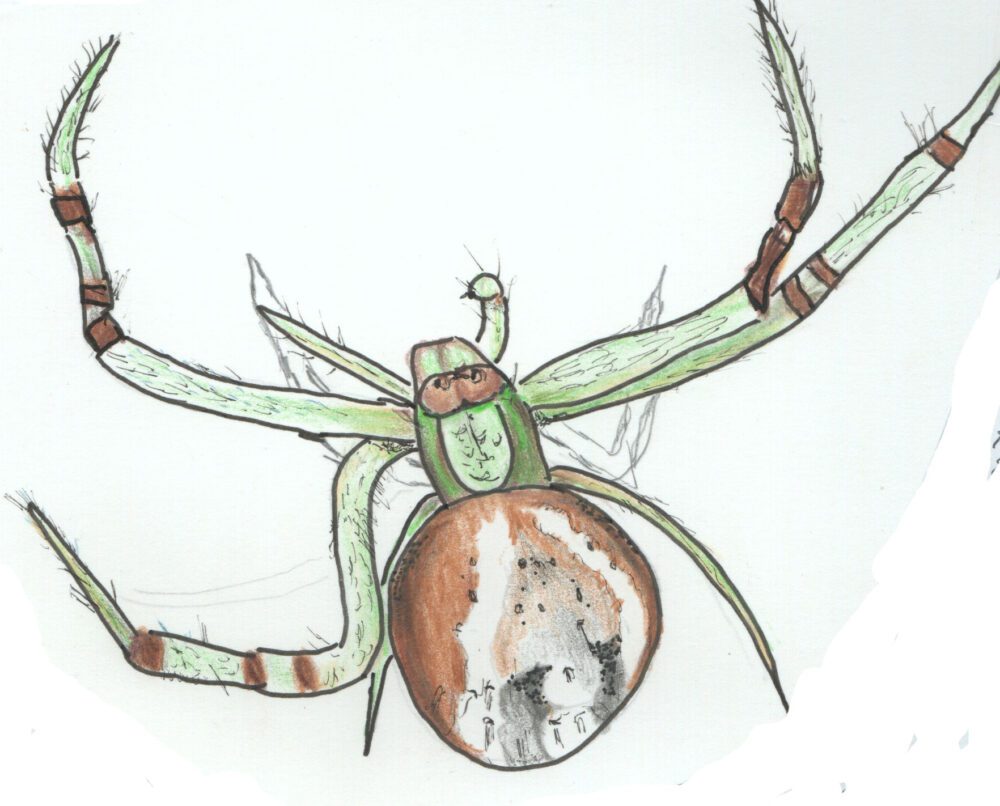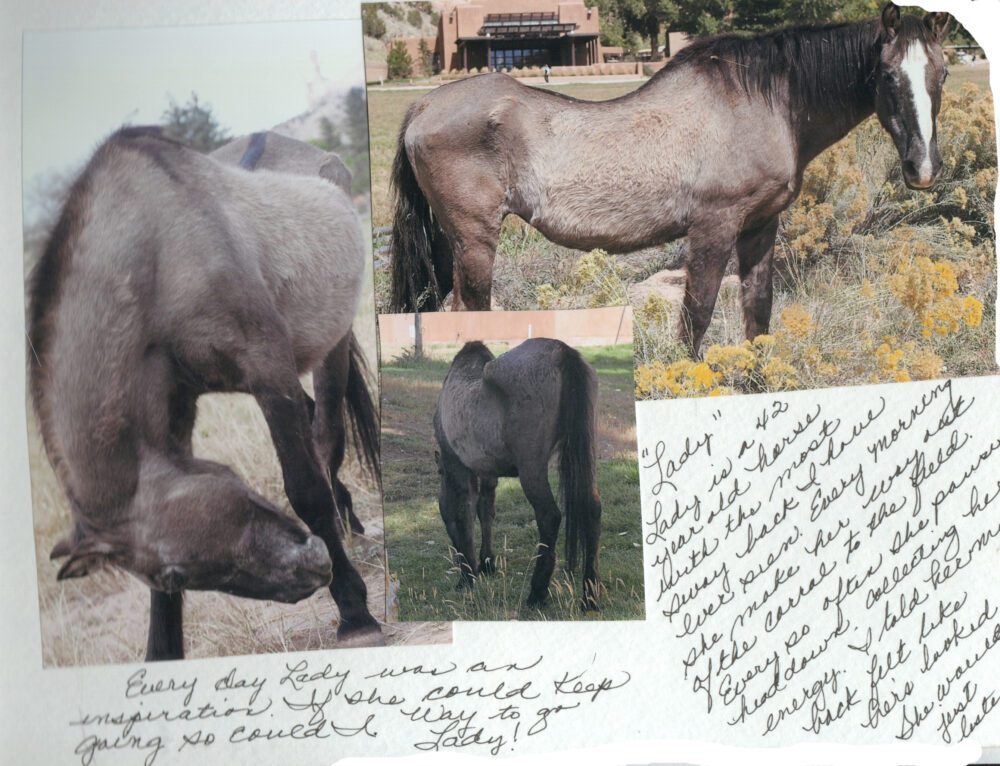
By Terry Foxx and Sue Watts
Do you find peace and a feeling of being connected when you go outside and listen to the sounds, smell the air after a rain, or take a deep breath? It is time to find a place to perch, slow down, breathe deep, and listen to the world around you. It is time to listen to the sound of the wind, the call of the crow, or the buzz of the bee. It is time to get out in nature! You’ll be amazed by what you see, hear, and smell and by how invigorated you become when you find a perching place and experience the wonders of the world.
There are a few tools you need when you find your favorite perching place, be it your backyard, a park, or a wide spot on a trail. Take along a journal and pencils (colored ones too) so you can record the mysteries you observe in your favorite place. And for safety and picture taking — take your cell phone. Your journal may be anything from a spiral-bound notebook to a bound book with many blank pages. Just be sure you have a firm surface.
One of the biggest reasons for not recording your observations we hear is “I am not an artist; I can’t draw a straight line.” But recording observations is not about how well you draw, but the benefits of slowing down, investigating the world around you, and recording for memory’s sake. In our busy world, we tend to remember the present and forget the nuances of the past. But our journals help us remember the mysteries we have discovered. The secondary benefit is the more we record and remember what we have learned, the more our brain retains. A journal is not just about pretty pictures!

The more you draw and write, the better you will get! John Muir Laws, an expert on journal writing, showed his journals beginning in 1980 and every 10 years to 2020 in one of his videos. In the video, his journals go from primitive drawings in 1980 to more sophisticated journals with years of practice. He calls his progression “pencil miles.” The term “practice makes perfect” is true — you will get better by logging more pencil miles!
You will also have a brighter outlook on life. Research by the Nature Connectedness Research Group at the University of Derby (UK) concluded that it is the level of engagement, not the time spent, that increases our connections with nature, as well as increasing our feeling of well-being. As part of their research, they found that merely noticing three good things a day for a week lifted people’s spirits for a month. Think about what spending time at your perching place can do …
So, how do you go about getting started? Terry has a system:
- First, label your journal “Nature Journal” in big letters.
- Always take it with you to your perching place or on a trail. If you don’t, you won’t journal.
- Pull out your journal and write the date, time, weather, and location.
- Begin a sensory scan of your perching place. Ask yourself these questions and record your observations:
- What do I hear?
- What do I smell?
- How do I feel?
- What do I see?
- After your sensory scan, record these three basic prompts to focus your thoughts on what you see, what you wish to learn, and how you are connected to the world around you:
- I notice …
- I wonder …
- It reminds me of …
Once you have chosen your perching place, go back again and again, at different times of day, in different weather conditions. You’ll discover when the most active time of the day is for creatures of all kinds. By making keen observations, you become a nature detective and a citizen scientist! But most of all, you find peace, connectedness, healing, and comfort in the world around you.
If you enjoyed this blog, consider joining our new email group, called “Let’s Journal.” Members can share observations and Sue and Terry will provide brief hints about writing or drawing what you observe. Request to be subscribed to the email list by emailing publicity@peecnature.org.
